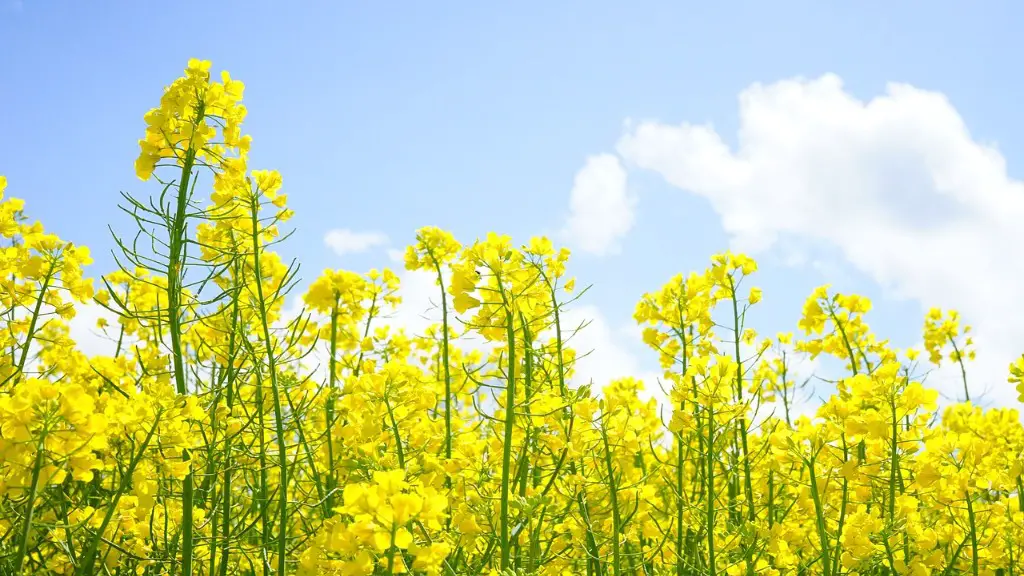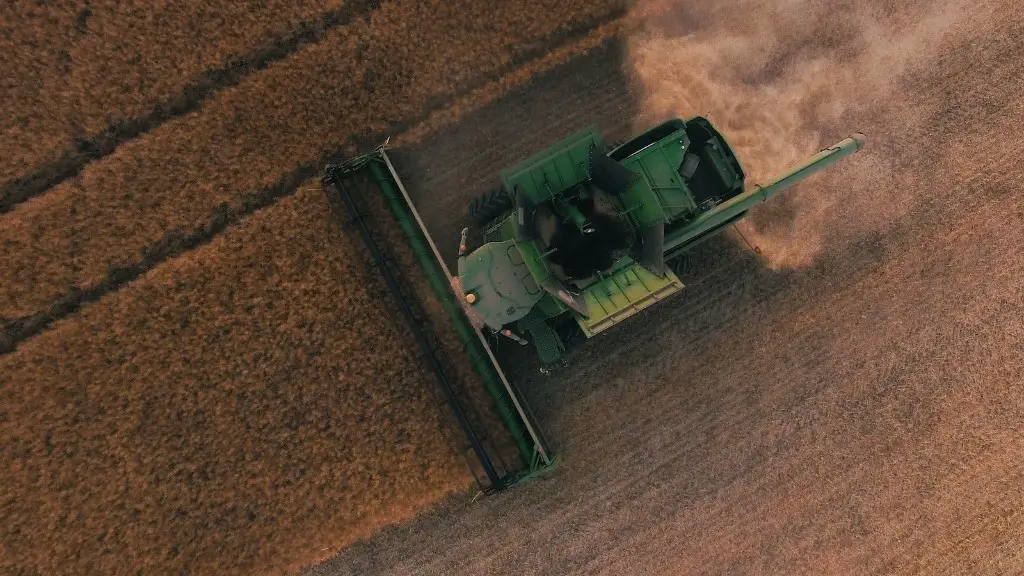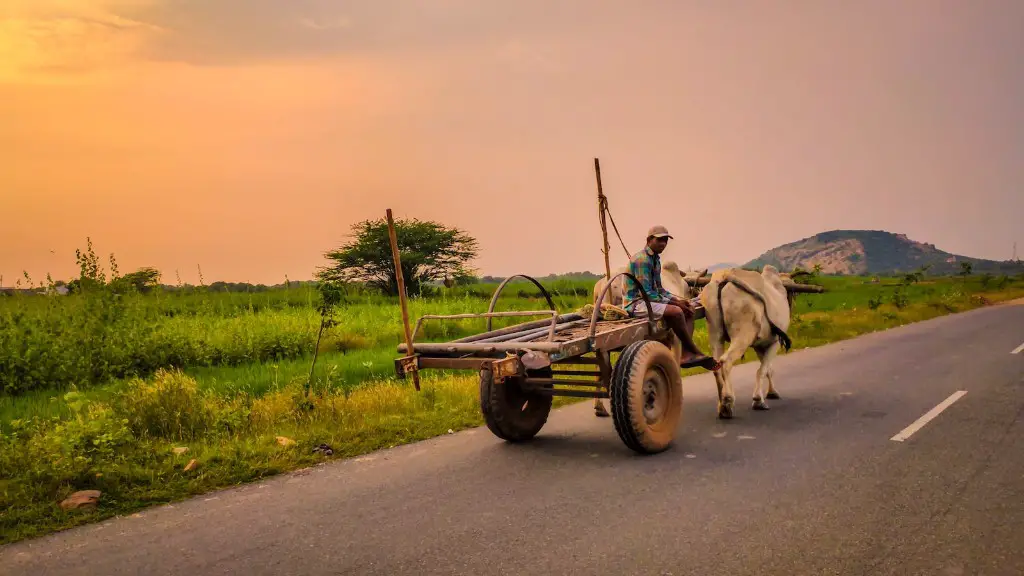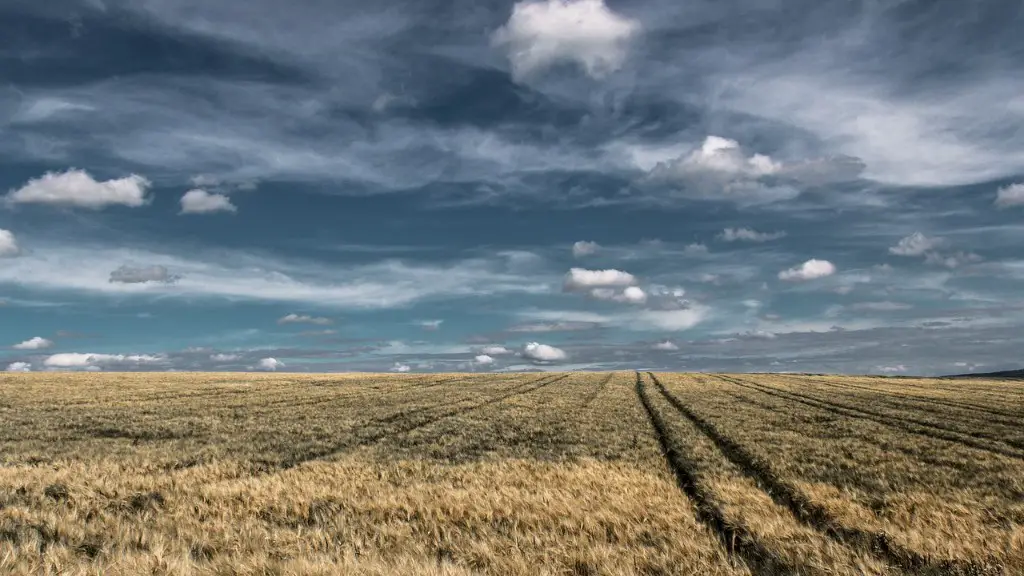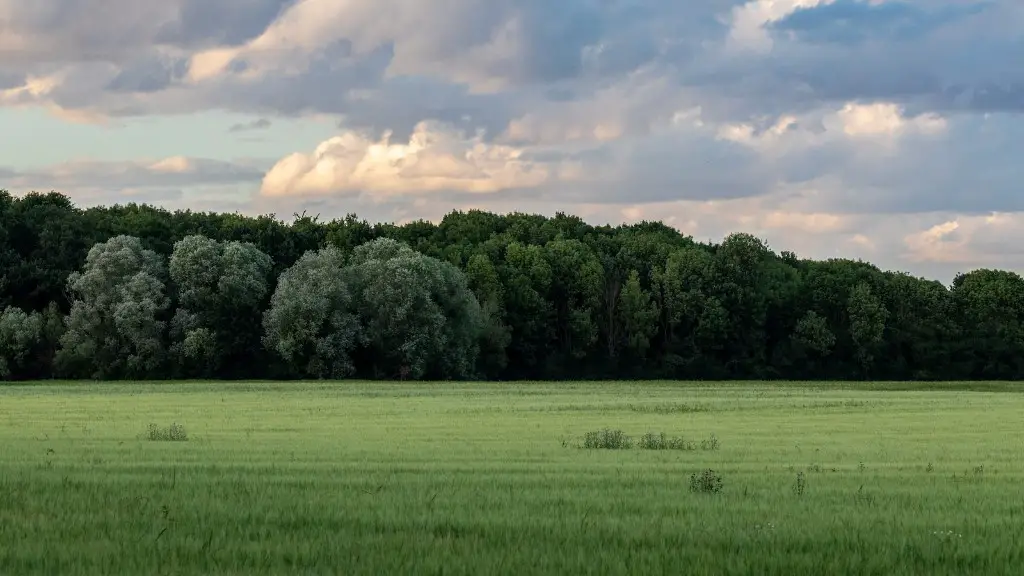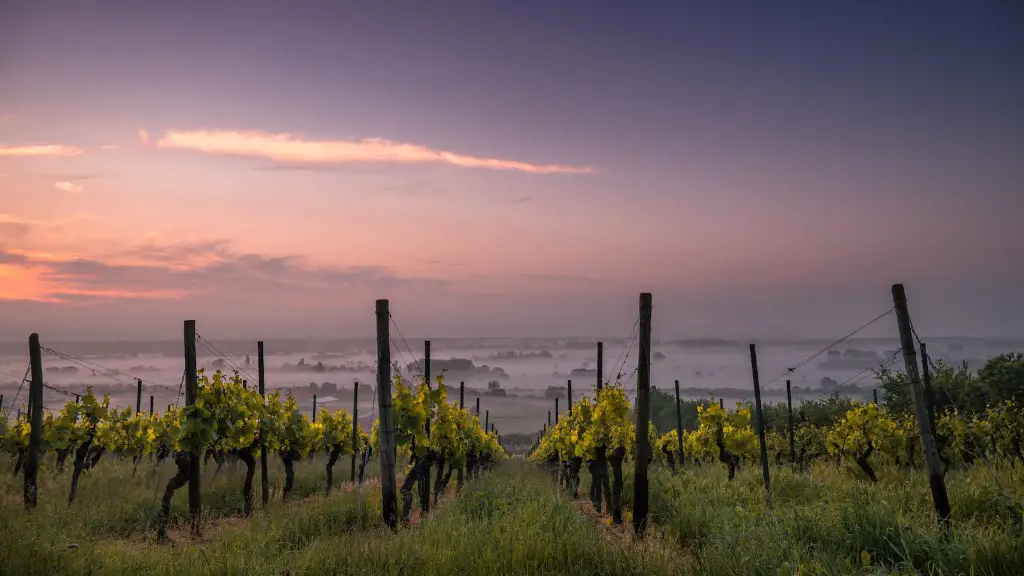Contour is the shape of the land’s surface. It is important in agriculture because it affects how water flows across the land, how wind blows across the land, and how sunlight hits the land. All of these factors can affect how crops grow.
A contour is an outline of a landform, typically on a topographic map, indicating elevation changes. In agriculture, contour farming is the practice of following lines of constant elevation (contours) around a field in order to minimize erosion and runoff.
What is contour irrigation?
Contour farming or contour planting is a great way to evenly distribute water in the soil between the furrows. The irrigation water runs off quite slowly but deeply into the furrows, making the absorption of water in the soil much better. This type of farming is especially beneficial in areas where rainfall is scarce or irregular.
Contour stripcropping is a farming technique that involves growing a crop of grass, small grain, or legumes primarily for the purpose of seasonal protection and soil improvement. This practice can help to control sedimentation and runoff, and increase the rate of water infiltration.
What is contour farming and terracing
Contour plowing is a method of plowing furrows that follow the curves of the land rather than straight up and down slopes. Furrows that run up and down a slope form a channel that can quickly carry away seeds and topsoil. Contour plowing forms ridges, slows the water flow and helps save precious topsoil.
Contour farming is a type of farming that involves planting crops in lines that follow the contours of the land. This type of farming can help reduce fertilizer loss, power and time consumption, and wear on machines, as well as to increase crop yields and reduce erosion. Contour farming can help absorb the impact of heavy rains, which in straight-line planting often wash away topsoil.
How to do Contour farming?
Contour farming is a method of crop production in which farmers use the contours of the land to minimize soil erosion and runoff. The plough is guided by the land’s contour, which causes the earth to be lifted, making a furrow on the slope. The length of the land and the slope’s gradient determine the size of the furrow. On the opposite side of the hill, a ridge is then built using the soil from the furrow.
Contour tilling is a method of tilling or ploughing the fields along the contours of the land rather than tilling up and down the slope. Contour tilling is practised in hilly areas rather than the plains. This method of tilling helps to reduce soil erosion and prevent water from running off the land.
Where is contour farming used most?
Contour farming is a type of agriculture where crops are grown following the contours of the land. This type of farming is typically used in areas with a slope of more than 10%.
P A Yeomans’ Keyline Design system is critical of traditional contour plowing techniques. The Keyline Design system improves upon the traditional system by observing the natural landform and topography. This allows for more efficient use of resources, and results in better crop yields.
Step farming, also known as terrace farming, is a type of farming that involves building terraces or steps on the slopes of hills and mountains. Contour farming is another type of farming that involves following the natural contours of the land when tilling the soil, planting, and cultivating. Farmers often plant crops across or perpendicular to slopes to follow the contours of a field.
How effective is contour farming
Contour farming is a type of farming that involves plowing and planting along the contours of a hill, rather than up and down it. This type of farming has been shown to reduce soil loss from erosion by up to half, and to reduce rain runoff by as much as 10 percent.
contour farming on a slope field can help increase water capture and reduce soil erosion. This type of farming involves plowing and planting across the slope instead of up and down the hill. Contour farming can help to 2x the amount of water and 8x the amount of erosion protection.
Is Contour Plowing good?
There are a few reasons why contour plowing is beneficial:
1) It forms ridges that slow down the water flow. This is beneficial because it prevents topsoil from being carried away too quickly.
2) It helps to preserve topsoil, which is a precious resource.
3) It can be used to control weeds and pests.
4) It can improve the drainage of a soil.
Overall, contour plowing is a great way to help protect topsoil and prevent erosion.
When farming on the contour, it is important to keep rows perpendicular to the slope. This will reduce the speed of water movement over the soil and encourage infiltration into the seedbed. Switching to cross-slope tillage will also substantially reduce the risk of erosion.
Is contour tillage good or bad
Performing tillage and planting crops along the contour of the land can be an effective conservation measure. Rill development is reduced when surface runoff is impounded in small depressions. Contour farming not only minimizes erosion but also reduces runoff by storing rainfall behind ridges.
Contour lines are used on maps to show the rise and fall of the land. They show all the places that are the same height above sea level, and also tell us about the slope of the land. On a steep slope, the lines are close together.
What are the benefits of contour?
If you are unhappy with your appearance and feel like diet and exercise aren’t working, body contouring might be a good option for you. This can help to eliminate fat and shape areas of the body. Being at your ideal weight will improve the quality of the results and lower the risk of complications. Lipolysis is a nonsurgical procedure that can remove fat, while liposuction is a surgical way to achieve the same goal.
Soil and water conservation are important sustainable practices that help reduce the impacts of floods, storms, and landslides on crops, control runoff water, and increase moisture infiltration and retention. These practices help to improve soil quality and composition, which can increase crop yields and reduce the need for chemical fertilizers and pesticides.
Final Words
Contour in agriculture is the practice of creating lines of constant elevation on the landscape. These lines help regulate water flow, minimize soil erosion, and improve crop yields.
Contour farming is a type of farming that involves plowing and planting along the contour lines of a field. This type of farming can help to reduce soil erosion and help to conserve water.
